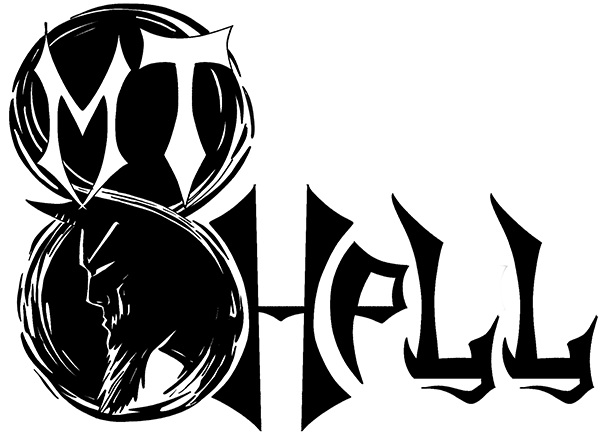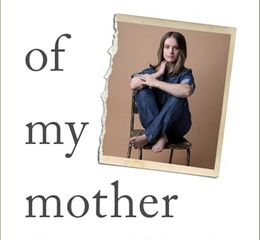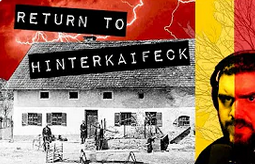
True Crime Studies: The Ardlamont Mystery
As John Mulaney said, “it was really easy to get away with murder before they knew about DNA”, and he was right. It was also ridiculously easy to commit insurance fraud. So easy that reading about it feels like watching a silly money scheme in a soap opera. Young, handsome and naive, I introduce Cecil Hambrough. A young man who died under mysterious circumstances while on a hunting trip in 1893 in what would become known as the Ardlamont Mystery.
On the afternoon of the fateful day in 1893, Cecil was in the woods with a man named Alfred Monson and a man of greater mystery going by the alias Edward Scott. Real name Edward Sweeney. Sometime during the afternoon of their trip, Cecil was shot dead and left in the woods. Monson and Scott/Sweeny returned to Ardlamont House, an estate they were renting for the season, and announced that Cecil had been shot. A terrible accident they claimed the boy caused himself when he tripped and fell. They said this only after the butler questioned them while they were having tea in the dining room. As if that didn’t look suspicious enough.
What followed was a shocking criminal investigation that went way beyond the average dog and pony show. Keep in mind that during this time, all the way over in the states, H.H. Holmes was also running amuck, displaying the disquieting influence of the criminal mind. But The Ardlamont Mystery isn’t just about Monson and Hambrough. Showing that there’s more to history than simply an event locked into the past, author Dan Smith explains the very unique connection the crime has with modern-day and the one and only Sherlock Holmes.
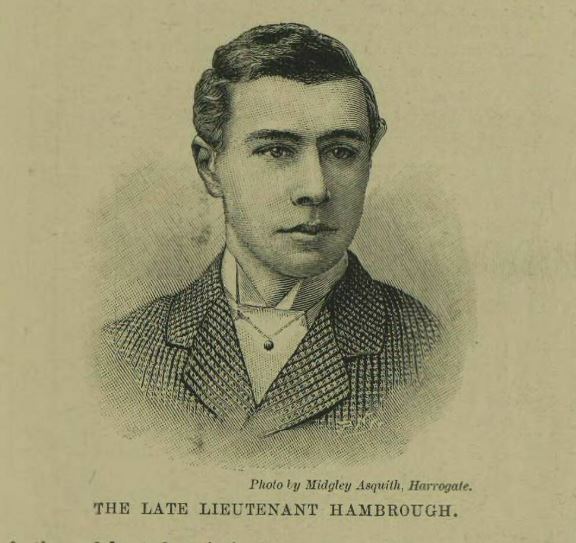
The Ardlamont Mystery
Just to clarify, neither Monson nor his crime influenced Sherlock Holmes or any of his cases directly. The first Sherlock story, A Study in Scarlet was published in 1887 and the Hambrough murder occurred in 1893, but the two share a unique connection that we’ll get to later.
The Ardlamont Mystery by Dan Smith is a very technical book that’s a mix of true crime, historical study, and trivia. Much of the book revolves around Dr. Joesph Bell and Dr. Henry Littlejohn, two of the frontiers of modern criminal investigation and forensic study. They were two very incredible men that helped jump-start the Golden Age of forensic sleuthing; “the sort of men upon whom empires are built.”
Even though this book is about a murder, it doesn’t spend as much time on the actual murder as it does on what comes after. The Ardlamont Mystery is about Monson’s defense against what seemed like an obvious conviction. After the murder, or accident, came the trial which involved Bell and Littlejohn, and Monson looked about as guilty as O.J. Simpson. We all know how that trial ended though and this one isn’t much different. Most of what Monson’s defense team came up with wouldn’t hold up by today’s standards but it was perfectly acceptable for the jury of then. With little to no hard evidence, everything presented at the trial was pure speculation and circumstantial evidence with the Defense doing nothing but spreading doubts about the Prosecution.
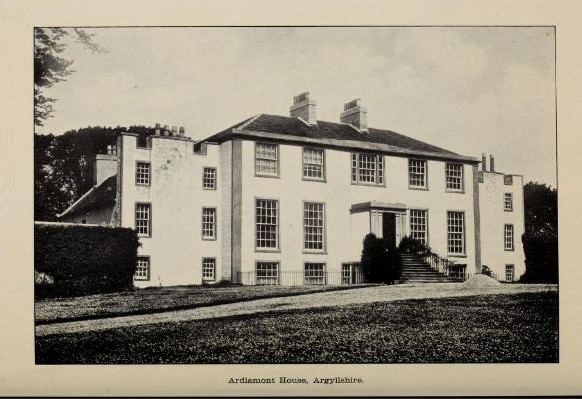
In the end, it all came down to where they found Cecil’s body. I’m not going to recap every little piece presented at the trial. Just trust me when I say that Monson was guilty. Unfortunately, it was a very much a “he said he said” situation and no one could figure out where Cecil landed when he died. The entire case against Monson fell on the assumption that Cecil died where he was found while the defense based their argument on the claim that he fell in a ditch and was carried out to where he was found.
The jury couldn’t figure out what was going on and was apparently swayed by the charm emitting from Monson. They decided he was “not proven” on the charges of murder. Monson ended up going to prison several years later for insurance fraud. By the way, the murder of Cecil was likely driven by Monson’s need for easy money. He had a $20,000 policy on Cecil’s life that he lied about and later tried to cash in.
Prejudice and gossip
Two additional interesting topics presented by Smith in The Ardlamont Mystery both involved public perception. During this time, information on criminal behavior was limited and people were as they always are, frightened of what they can’t identify with. The acceptable perception of criminals was that they were hideous with deformities, had usually large noses or ears, and lived in poverty. Monson, being a white man from a well-known family, was simply not acceptable as a criminal.
This, however, just fueled the public’s natural obsession with the macabre. Tabloids have not changed at all by the way. Monson gave his own, and fictional, version of events in The Ardlamont Mystery Solved when he thought he could make a quick buck off public interest. It’s currently out of print but if you can find a copy I’m sure it’ll be a hilarious read. From what critics of the time said, it’s just Monson lying about how nice of a guy he is.
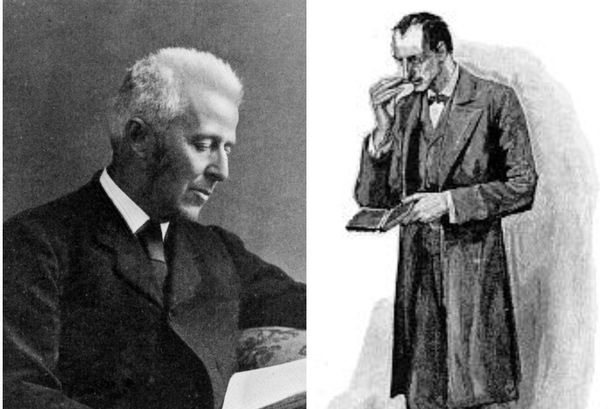
The Sherlock Connection
The connection with the great Sherlock Holmes takes place in the form of the two men who testified at Monson’s trial. Dr. Bell and Dr. Littlejohn, the forensic sleuthing frontiers. The author of the Sherlock Holmes adventures, Arthur Conan Doyle met Bell in 1877 and served as his clerk at the Edinburgh Royal Infirmary. Bell was his mentor, teacher, and friend and was famous among students for his incredible powers of deduction. He could look at a patient and diagnosis them based on their appearance and demeanor. Bell was involved in several police investigations, usually working alongside Henry Littlejohn, who was also brought into the mix when Doyle created Holmes.
It was their presence, particularly Bell’s, that made people so interested in the trial’s outcome. When they became part of the investigation, people became very interested in their statements, wondering what the real Sherlock Holmes would say.
Verdict
I’m giving The Ardlamont Mystery two separate ratings because even though it details a criminal event, it’s not really a true crime novel but actually an account of how real-life influenced fictional life.
As a true crime book:
 (3 / 5)
(3 / 5)
As a nonfiction book
 (4.5 / 5)
(4.5 / 5)
Book Reviews
A Stellar Debut Novel, We Used To Live Here
Imagine this. You’re home alone, waiting for your partner to return, when you hear a knock on your door. You answer it to see a family of five, bundled up against the cold. The father, a kindly older gentleman, explains that he used to live in this house as a boy. And he would love to show it to his family.
Do not let them in.
The story
Released in June 2024, We Used To Live Here is author Marcus Kliewer’s debut novel. It tells the story of Eve, who just purchased a beautiful house with her partner, Charlie. Their plan is to flip the house and sell it.
One night, while waiting for Charlie to come home, Eve is surprised by a knock at the door. It’s a man named Thomas Faust and his family.
Thomas explains that he grew up in the house and hasn’t been in the area in years. Would Eve let them in so that he can show the home to his children?
Against her better judgment, Eve lets them in. She regrets this almost at once when Thomas’s daughter vanishes somewhere into the house.
What worked
I always appreciate a book that allows you to play along with the mystery. And this book does that better than just about any other I’ve seen.
Pay close attention to the chapters, to the words that aren’t there. To everything about this novel.
This is mostly down to Kliewer. This is ultimately his work of art. But the production value is also fantastic. I don’t want to ruin the multiple mysteries, so I’ll just say this. There are clues in this book that require some specific artistic choices in the page layouts in this book. And I loved that.
If you’d like to experience another horror book review, check out this one.
We Used To Live Here is also the kind of story that makes you question everything right along with the main character, Eve. Eve is a great main character. But she might be an unreliable narrator. She might be experiencing every single horror described, exactly as it’s described. Or, she might be having a psychotic breakdown. Through most of the book, we can’t be sure. And that is so much fun.
Finally, the weather plays a large part in this story. There are several stories in which the weather or the land itself could be considered a character. Even an antagonist. This is certainly one. The winter storm is the thing that traps the family in the house with Eve. It also makes escaping the home difficult. Reading this book during the winter was especially impactful. Most of us know what it feels like to be shut in by a storm. I’ve personally lived through some of those storms that are just referred to by their year, as though they were impactful enough to claim the whole 365 days for themself. And that was with people I liked. Imagine what it would feel like with strangers. It’s a staggering thought and one that we explore in depth in this book.
In the end, We Used To Live Here is a fantastic book. It’s the sort of story that sneaks into your brain and puts down roots. And if this is just the first book we’re getting from Kliewer, I can’t wait to see what else he comes up with.
 (5 / 5)
(5 / 5)
Book Reviews
Exploring real terror with The House of My Mother
As a disclaimer, this is a review of The House of My Mother from a critical perspective. I will not be discussing my opinions of the legal case against Ruby Franke and Jody Hildebrandt. I will be discussing the merits of the book as a work of true crime alone.
In 2015, Ruby Franke started a YouTube channel called 8 Passengers. In August of 2023, Franke and her business associate Jodi Hildebrandt were arrested for, and later plead guilty to, charges of aggravated child abuse. And in January of this year, Shari Franke told her story in The House of My Mother.
The story
The House of My Mother is the true story of Shari Franke, the oldest child of one of the most famous family vlogger families.
As a child, Shari came to the conclusion that her mother didn’t like her. Soon, she began to fear her mother’s anger.
Things got significantly worse when Ruby started their family vlog. All of the families most intimate moments were splashed across the internet for anyone to watch. This became a living nightmare for Shari.
Of course, that was only the start of the family nightmare. Because Ruby was about to meet someone who would reinforce all of the darkest parts of herself.
Eventually Shari manages to escape her home. But her younger siblings were still in her mother’s clutches. She had to save them, and her father, from the monster her mother had become.
What worked
Through the book, Shari only ever mentions the name of one of her siblings, Chad. This is because Chad is the only of her siblings that is an adult at the time of the publication.
There are children involved in this story. Children who’s lives and privacy have already been damaged. Shari didn’t want to do that to them again, and neither do I.
It probably won’t surprise you that this book is full of upsetting details. But not in the way you might imagine.
Nowhere in this book will you find gory details about the abuse the Franke kids suffered. And I consider that a good thing. Those sort of details are all fun and games when we’re talking fiction. When it’s real kids who are really living with the damage, it’s not a good time.
What you’ll find instead is a slew of more emotionally devastating moments. One that stuck with me is when Ruby’s mother gives her a pair of silk pajamas as a gift after Ruby gave birth to one of her babies. Shari asks Ruby if she’d bring her silk pajamas when she had a baby. Ruby responds that yes, when Shari becomes a mother they can be friends.
What a lovely way to make a little girl feel like she’s not worth anything unless she reproduces. And, if she does decide to have children, who is going to bring her silk pajamas?
In the end, this isn’t a story about ghosts or demons. It’s not about a serial killer waiting on a playground or in the attic of an unsuspecting family. Instead, this is a story about things that really keep us up at night. It’s the story of a woman so obsessed with perfection that she drove away her eldest daughter. The story of a young woman who’s forced to watch from afar as her beloved brothers and sisters are terrorized and abandoned. These are the sorts of things that really keep us up at night. These are the real nightmares.
More than that, though, The House of My Mother is a story of survival. It’s about a family that was ripped apart and somehow managed to stitch itself back together again. It’s about a brave young woman who managed to keep herself safe and sane in the face of a nightmare. If you haven’t read it yet, I can’t recommend it enough.
For more like this, check out my review of Shiny Happy People.
 (5 / 5)
(5 / 5)
Book Reviews
Book Review of Boreal: an Anthology of Taiga Horror
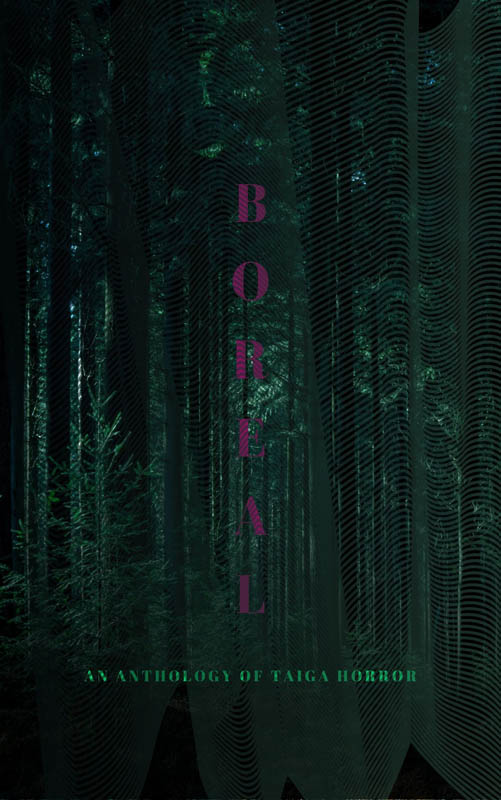
Boreal: an Anthology of Taiga Horror is a collection of twenty-two haunting tales that dwell in the deepest darkest woods and frozen wastelands, edited by Katherine Silva and including Haunted MTL’s very own Daphne Fauber. Each story has even been gifted with its very own poster, hinting at the horrors to be found within it, bestowing a beautiful visual collection as well.
The tales are varied and touch upon the environment in new and different ways, each hearkening to a sort of epiphany or raised awareness. These stories exude both dread and wonder at the smallness of our human existence in contrast to the sacred world we have isolated from, sheltering ourselves in our comfortable houses with centralized heat and everything we could possibly need or want at the ready. The taiga becomes a sanctuary outside of our own dulled awarenesses. It is a holy place imbued with powers beyond mortal human reach, a wilderness that threatens to swallow us – both whole and bit by bit, simultaneously.
The protagonists enter into this realm through ritual, superstition, longing, stubbornness, and their own hubris – yearning to survive its dangers, and to make their own marks upon it. The starkness of their surroundings harbors delicate moments that would be all too easily missed if not deliberately sought or pointed out. The softness of fur, the dappled sunlight shining through trees, the hazy clouds of breath forming in crisp air, the brittleness of bleached bone… those quiet experiences that beg to be forgotten, to lay safely sleeping just below the frozen surface, awaiting spring.
There are those who followed in the footsteps of their predecessors, seeking to escape the constraints of their parent’s and elders’ indoctrination, traditions, madness, and abuse, yearning to find their own way despite also being inextricably bound to their own pasts. There are those who just wanted to go for a walk in the woods, and remained forever changed by what they experienced. There are those who wished to impose their will upon the wilderness, their order falling to disarray, unable to make lasting impact. There are those who sought to leave behind the world of mankind, looking for oneness in the natural order of things through isolation, leaving a bit of themselves behind after being consumed by the terrors they encountered. There are those who truly found communion with the woods, became one with its wildness, and invited its spirit into their hearts to find peace, even at cost of their own lives. And then, there are the spirits themselves…
 (3 / 5)
(3 / 5)
All in all, I give Boreal: an Anthology of Taiga Horror 3.0 Cthulhus. I love existential angst so I found it to be an enjoyable read, and I appreciated the myriad manners in which the biome was explored. But there were points in which I found myself struggling to follow along, as if the words were swept up into their own wilds in ways that alienated myself as reader, as if my mere voyeurism into this otherworldly place was not enough to comprehend the subtle deviations in storytelling mannerisms fully. I suppose in some sense this seems appropriate, but at the same time, it left me feeling a bit unfulfilled, as if I had missed a spiritual connection that should have resonated more deeply.

